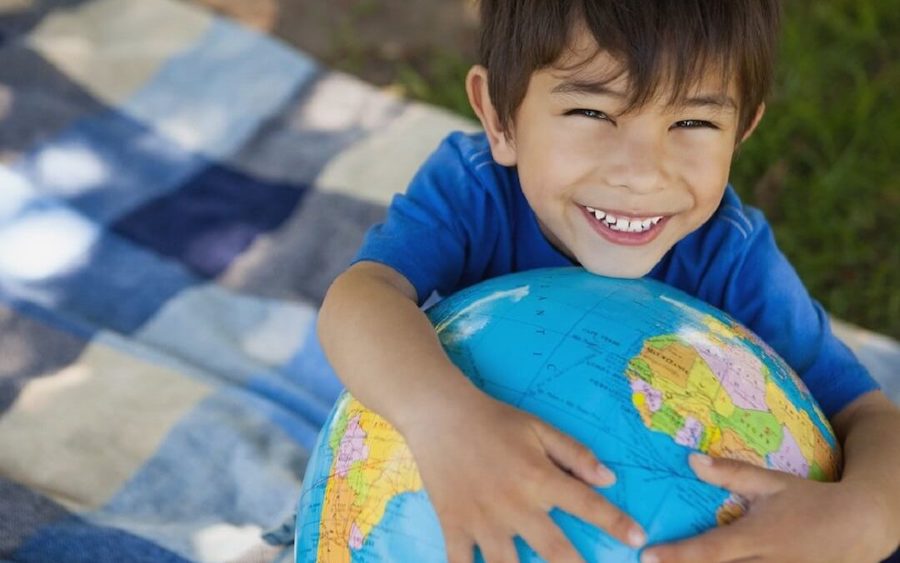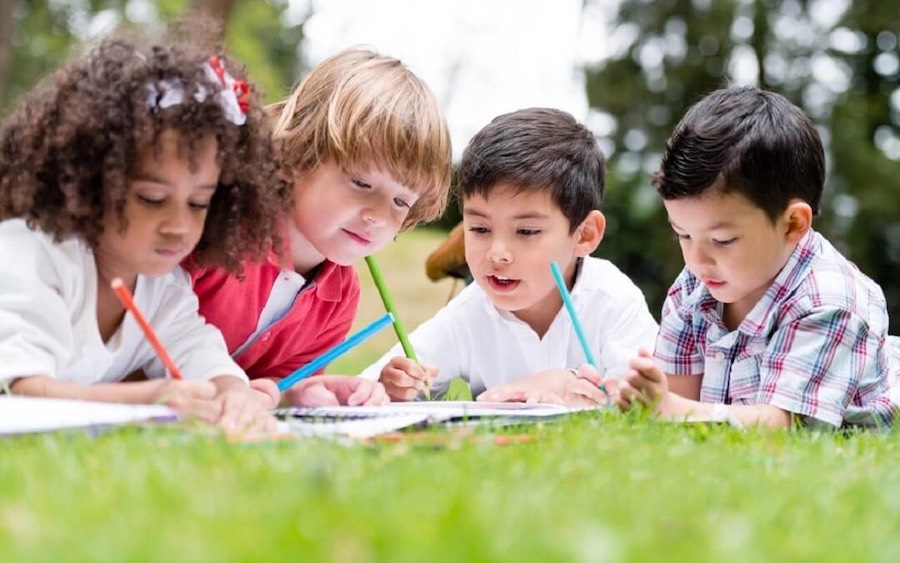
Kinesthetic Learning Activities for Earth Day
Earth Day is the perfect time to get students out of their seats (and even out of the classroom!) for some kinesthetic learning.
SCHOOLYARD TRASH PICK UP
Provide trash bags and non-latex surgical gloves for students. Take the class outside to pick up trash and recycling around your school and playground. Assign some students to pick up recyclable items such as glass bottles and soda cans and others to pick up non-recyclable items such as food wrappers and plastic straws. Have two students (one for trash and one for recyclables) record the items found by each group. When you return to the classroom, wash up, throw out or recycle the items collected, and graph the items as a class.
GROW A GARDEN
Identify an area to plant flowers, vegetable plants, or even a tree. A patch of dirt, a large planter, or a simple clay pot will all work. Ask for donations of plant materials (seeds, plants, trees), soil, fertilizer, etc., from parents, your PTO, or a local home improvement or hardware store. Provide gloves and a shovel or trowel. Explain how to properly plant, water, and care for seeds, plants, or trees. Let students take turns digging holes, planting, and watering. Each day, assign a student to record the growth and changes in the plant. At the end of each week, share the observations and measurements with the class.
WATER CYCLE GAME
Review the water cycle with the class. The water cycle explains how water moves through the Earth’s atmosphere. Water evaporates from Earth’s surface, rises into the atmosphere, cools and condenses into rain or snow in clouds, and falls back to the Earth as precipitation (rain, snow, sleet, hail, etc.). Precipitation that falls to the Earth collects in soil and bodies of water including lakes, rivers, and the ocean and eventually evaporates, starting the cycle again.
Have students act out each part of the water cycle. For example, students can wiggle their fingers and move repeatedly from standing to squatting to indicate precipitation. If desired, have one student act out a part of the water cycle and have the class identify and explain the stage.
FLOWERING PLANT LIFE CYCLE GAME
Review the life cycle of a flowering plant with the class. A plant starts as a seed. The seed germinates or sprouts. Next, it grows a stem (above the soil), roots (below the soil), and leaves (on the stem). Then, a flower grows, blooms, and makes pollen and seeds. Finally, animals, insects, and the wind spread the pollen and seeds and new plants grow.
Have students act out each stage of the life cycle of a flowering plant. For example, students can start as a seed by crouching on the ground and slowly standing up and raising their arms to show plant germination and growth. If desired, have one student act out a part of the flowering plant life cycle and have the class identify and explain the stage.
BOOKS
While reading a book is not part of an active education, these books can serve as the springboard for other Earth Day activities in your classroom.
Clifford’s Puppy Days: Earth Day Puppy by Elizabeth Van Houten
The Magic School Bus Gets Recycled by Anne Capeci
Michael Recycle by Ellie Bethel
Compost Stew by Mary McKenna Siddals
The Magic School Bus and the Climate Challenge by Joanna Cole
The Great Kapok Tree by Lynne Cherry
Curious George Plants a Tree by Margret and H.A. Rey
The Earth Book by Todd Parr
The Lorax by Dr. Seuss





